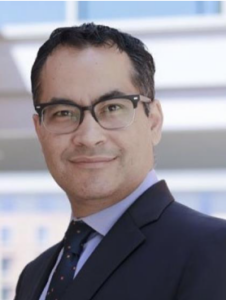Abstract: Modern machine learning techniques, such as deep neural networks, are transforming many disciplines ranging from transportation to healthcare, by uncovering patterns in big data and making accurate predictions. They have also shown promising results for discovering design ideas, which is crucial for creating new products and enabling innovation. These automated computational design methods can support human experts, who typically create designs by a time-consuming process of iteratively exploring ideas using experience and heuristics. However, there are still challenges remaining in synthesizing new designs while navigating the exploration-exploitation trade-off. In this talk, we will discuss a few main challenges faced by data-driven generative models, which are unique to design problems, and show how novel architectures of performance-augmented Generative Adversarial Networks (named PaDGAN, MO-PaDGAN, and PcDGAN) address these challenges. By applying these algorithms to the airfoil synthesis problem, we will show how these methods outperform state-of-art design parametrization methods with large improvements in design performance, diversity, and novelty for single and multiple objectives. The talk will conclude by highlighting some broader applications and open challenges in data-driven design.
Biographical Sketch: Dr. Faez Ahmed is an Assistant Professor in Mechanical Engineering at the Massachusetts Institute of Technology (MIT), where he leads the Design Computation and Digital Engineering (DeCoDE) lab. His research focuses on developing new machine learning and optimization methods to study complex engineering design problems. His recent work includes proposing automated design synthesis methods to generate novel designs, creating the first provably-optimal algorithm for the diverse matching problem, and building computationally efficient ways for combining physics with human expert knowledge to design new products. Before joining MIT, Faez was a Postdoctoral Fellow at Northwestern University and completed his Ph.D. in Mechanical Engineering at the University of Maryland. He was employed in the railway and mining industry in Australia, where he pioneered data-driven predictive maintenance and renewal planning efforts.
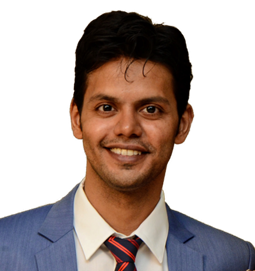
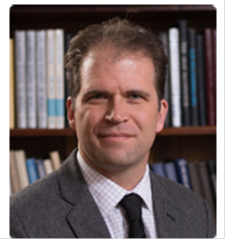 Webex Link:
Webex Link: 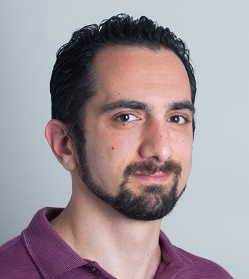
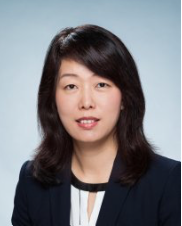
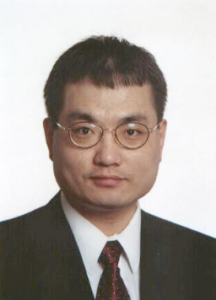

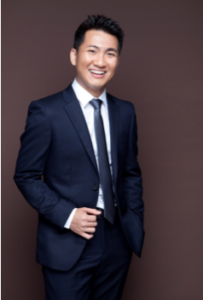
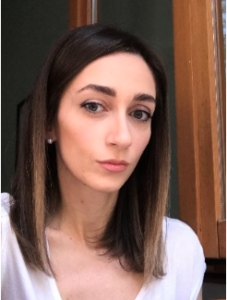 Webex Link:
Webex Link: 